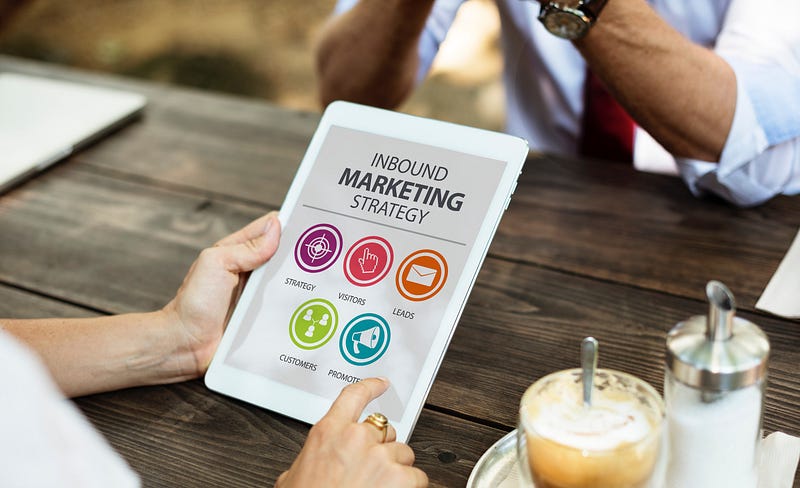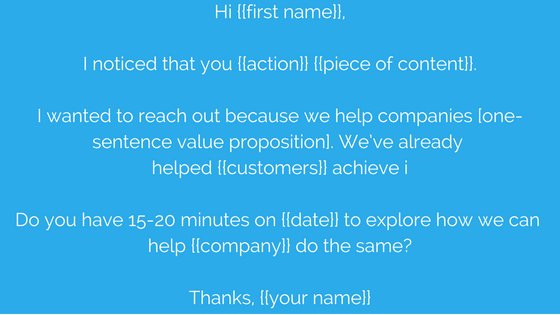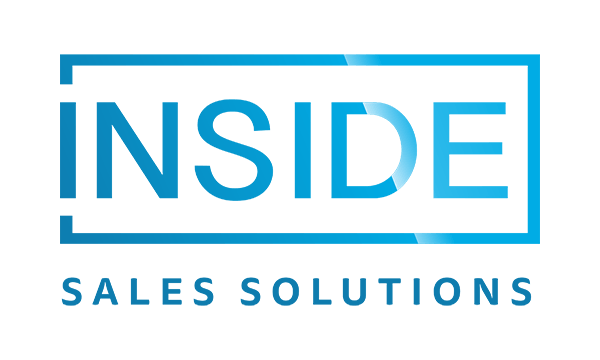What is the result after a lead comes inbound?
Step 1: completed. A lead converted on a piece of content. However, don’t get too excited yet; although they might be a solid prospect, this does NOT mean they are ready to move forward and buy right now. In fact, there’s a better chance that an inbound lead will close, but following any and every inbound lead is NOT always worth the time. How your marketing and sales team spends their time is imperative to their hopeful success. Therefore, it’s important to solidify a clear and detailed protocol for handling inbound leads.
Unfortunately, we see many salespeople making various errors with inbound leads that cost them valuable time and money. As a lead is generated and travels through your sales funnel, mistakes along the way endanger your closing opportunities.
To make it clear and concise, here are the five most common mistakes with inbound leads.
1. Not Designating the Liability of Inbound Leads to a Specific Team or Department

If you want to build an effective sales development team, you must instill a system that’s concerned with inbound leads. If you’re like the majority of sales companies, you most likely have a dashboard for all untouched inbound leads, and virtually all of them are up for grabs. But if everyone is held accountable, then essentially no one is held accountable.
Who should take the reign of inbound leads?
Every team is structured differently, so the first line of response could actually be Sales, Marketing, Operations, or even Sales Operations. Ultimately, there has to be a direct protocol in place in order to get the most effective results delivered at an efficient rate.
Furthermore, for a system to operate both instantly and with an impact, there has to be a Service Level Agreement (SLA) between all the teams that deal with your inbound leads. These namely include your sales, marketing, and account management departments.
Once an SLA is established and responsibility is delegated, a proper follow-up process can be adequately inserted so that NO opportunities are missed for excusable reasons.
2. Not Properly Qualifying Inbound Leads
It is crucial that you establish and precisely outline criteria for what counts as a qualified inbound lead. In the prior section we discussed scoring leads with qualifying criteria, but do NOT forget this must happen with inbound leads too.
Basically, is this inbound prospect a sufficient match for your product and/or service or not?
If your answer to these questions is “no,” then place the lead in a marketing drip campaign; there’s no point in following up at this stage. However, if the answer is “yes,” then it’s time to hand off the lead to Sales.

If your answer is “maybe”, this could be due to the fact that you don’t have all the necessary information to confidently make a decision. At this point, you can place that lead into a marketing drip campaign and offer more valuable information to increasingly profile the lead until you can qualify the prospect. It’s going to be worth separating these leads with the information that you DO have and align them in distinct drip campaigns based on your target personas for your best chance of converting them into buyers.
On the other hand, you can manually do background research and qualify him/her yourself.
Moving past some of this surface-level demographic information, we can begin to assess a variety of the psychographic and behavioral factors. That’s one of the many perks of inbound — you have some additional information to add color to the prospect. (We’ll dive into this more in mistake #3).
3. Not Administering Appropriate Research Prior to Reaching Out

Now that you’ve qualified the inbound lead and dealt him/her along to the sales team, it’s crucial for the sales representative responsible for the follow up to conduct even more research. An additional error we see sales reps make is reaching out blind. In essence, you may know what company the prospect works for, but do you understand what his/her company does?
This is where diving into the psychographic and behavioral factors really benefits you. Below are some valuable questions to ask in order to unmask their psychographics and behavioral factors:
- What particular kind of content did this lead develop on?
- For how long has this lead been in your system, and if they have, what other content did they view?
- What is their referral source?
- At this moment, how are they solving their problem? (If your company utilizes services such as BuiltWith or Datanyze, you can check if they’re currently using a competitor, therefore giving insight to whom you’re up against.)
Similarly, with traditional prospecting, it’s very important for a sales rep to execute necessary research on an inbound lead BEFORE reaching out.
4. Failing to Personalize Follow Up Communication to Inbound Leads
If you were unsuccessful to immediately get in touch with that inbound lead, don’t panic. Although your chances of making contact may decline, if there’s one thing that we know for sure, it’s that persistence wins.
There’s an influx of focus on constructing and sending effective emails to sourced prospects, but salespeople don’t typically take those same guidelines and apply them to inbound leads. The concrete reason you’re reaching out is obvious: the prospect(s) requested information and you’re following up with their inquiry. Except, they still want to connect with a real person, so you HAVE to personalize your follow-up. Automation ALWAYS destroys rapport.
However, you don’t have to waste time concocting completely original, personalized messages for each, individual prospect. You can take some of your most effective email templates, do some re-tooling, and utilize them with inbound leads. For example:

To get a variety of examples of outbound sales emails you can re-tool and tweak for inbound leads, check out the Cold Email Generator.
5. Not Following Up Properly
Though there’s no industry standard for the sheer quantity of follow-up efforts or a tempo to conduct with sourced prospects, any seasoned sales rep knows persistence is imperative. Although, the majority of sales reps don’t think of implementing this same mindset to inbound leads as well; effective follow up tactics should be used for managing inbound leads too.
There are four essential elements for successful follow up:
- Number of touchpoints: It is smart to initiate 7 or more touches for each prospect, even with qualified inbound leads.
- Channel Diversity: Don’t just stick with phone and email tactics, add social to the mix. Don’t overlook some of the unorthodox ways to get in touch with your prospects. This includes direct mail, fax, conferences and industry trade-shows, door-to-door, etc.
- Time between touch points: It’s better to be more persistent in the beginning stages, then tapering off if the buyer hasn’t responded. You can experience great results sending the second touch within a day or even 12 hours after the initial touch.
- Content of touchpoints: Saying “just checking in” and “just following up” gets old… fast. Rather, demonstrate value by giving new insights, educating your prospects, distributing relevant news or re-emphasizing your value.
Here is an example of a workflow that has been effective for follow up with inbound leads:
- Day 1: Call and email
- Day 2: Email and Twitter (favorite a tweet)
- Day 3: Twitter (Follow and retweet)
- Day 5: Email and LinkedIn (connection request)
- Day 7: Email
- Day 10: Call and email
- Day 17: Email and Twitter (tweet at or retweet)
- Day 21: Blog and/or LinkedIn (comment on content)
- Day 28: Call and email
In conclusion, when you’re following up, you must continue to provide value at each and every touch.


